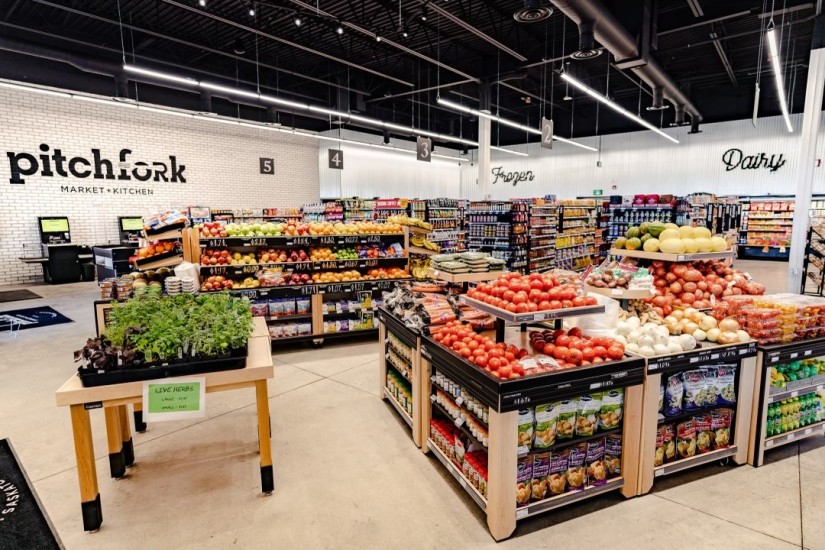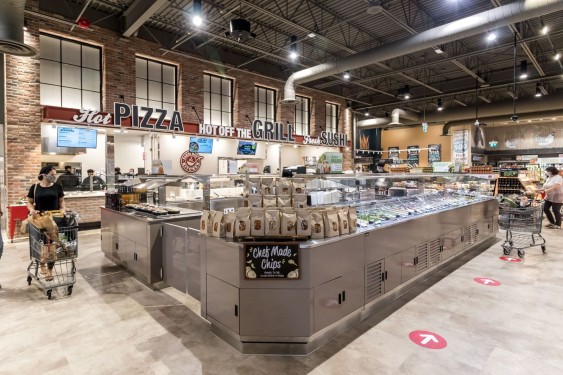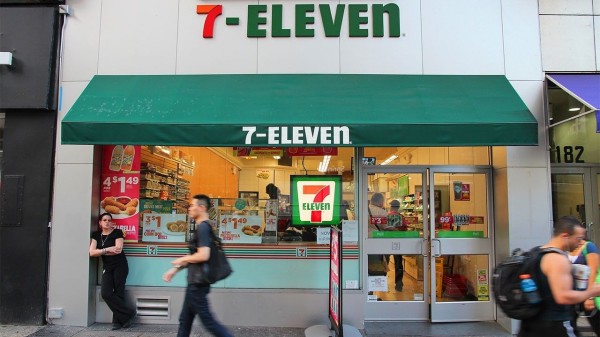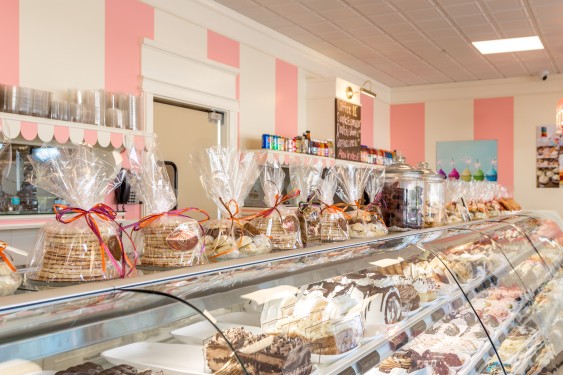Scaling down the supermarket. It’s a growing trend these days, and one that’s been in the making for some time now (I’d venture to say decades!)
As we adjust to post-pandemic life — it’s a trend that’s only accelerating. Alongside the move to local and sustainable products, consumers are also looking for a “small store” experience. Urban stores with a small footprint are on the rise — partially out of necessity, but also partially out of customer wants.
And research shows that sales in smaller stores are healthy, with sales per square foot generally higher.
Why? Here’s our view.
Why are grocery stores getting smaller?
Recently, Kevin Ervin Kelley (principal at design firm Shook Kelley) noted in a LinkedIn post these five reasons why. I’ve added some of my thoughts to complement his.
- The shortage of sites available for bigger stores. — With more people living in urban centers, there's simply not enough room for a 60,000 square foot grocery store. A local shop that's 20,000 to 30,000 square feet (or smaller) simply fits better in the city. Plus, if well-situated, they can capture commuter traffic or tourists. Some Trader Joe’s and Aldi’s measure closer to 12,000 square feet!
- The maxing out of suburban shopping centers and the growth of tight, multi-story urban projects without parking lots. — When you have a car and live on the outskirts of the city, driving to a larger “supercenter” store once a week is just fine. But if you’re a city person, new stores often have little parking at all and walking, biking or taking transit to the store multiple times a week just makes more sense.
- Today’s changing household makeup with smaller kitchens, cupboards, younger consumers, later marriages and delayed families. — The modern family (and modern kitchen!) is a lot different than it was even a decade ago. There’s a significant chunk of consumers who are willing to spend more on healthier choices and prepared foods. Younger consumers also place a higher premium on speed and convenience when shopping. Small footprint retailers are easier to navigate and often offer a specialized or curated selection, making for a quicker and less stressful shopping experience.
- The slow and steady evaporation of center store... and consumers desire to buy their commodity products online or take monthly trips out to Costco or warehouse stores. The fact that consumers have more options than in the past to purchase many of the packaged goods they once relied on supermarkets means grocers have less need for space once seen as essential for supermarkets.
- The incredible pressure of online food providers and delivery stores to outsource shopping on the consumer's behalf. — From pre-ordering a latte online for a quick pickup to shopping for groceries, the millennial generation tends to like things fast, to fit into their busy lifestyles. A smaller store means a quicker shopping experience — and smaller grocers are learning from the big retailers and augmenting the in-store experience by offering online ordering and even in-store pick-up.
One other reason I’d note is that convenience stores and gas stations are upgrading their food offering. Online shopping pick-up lockers are showing up in C-stores alongside a move away from fuel and tobacco products. (We wrote about this a few years ago when we noticed the trend, read it here.)
For me, all of these point to the growth of the small-footprint store.
So where does that leave you?
The landscape for what shoppers expect in their grocery store is changing every day. There’s no denying it. Customers are increasingly showing a preference for curated, easily navigable stores instead of cavernous retail environments with thousands and thousands of products. Shopper fatigue is real — how many different kinds of toothpaste do we really need?
Here at Cayuga Displays, we've worked with many specialty and independent food retailers across North America and have learned a few insights along the way.
Those insights allowed us to develop three collections of modular display cases with the independent or smaller-footprint retailer in mind. These collections are designed to be configured for any store layout and reflect your unique brand with a selection of dozens of colours or finishes.
As I’ve seen an increasing number of small footprint stores appear, Cayuga Displays has also helped many make the most of their floor plan. In particular, our plug-in, self-contained units are perfect for tight spaces and can easily be moved around. These speak to another growing trend: the need for flexibility in merchandising. For smaller shops or larger retailers looking for more flexibility, these cases can work wonders.




